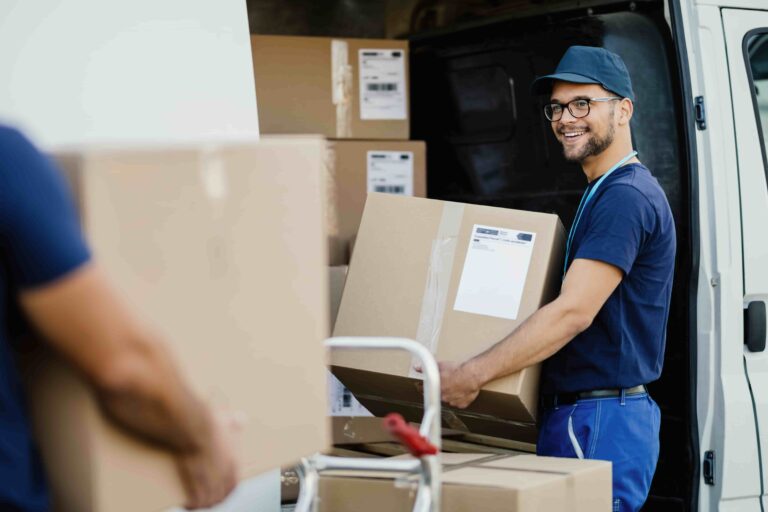
Logistics and transportation are two of the most important components of supply chain management. As a small business owner, you may have heard these two terms used interchangeably, or have done so yourself, without realising they refer to different aspects of the industry.
The first thing you should know is that logistics is a subset of supply chain management and transportation a subset of logistics.
Transportation is concerned solely with the actual physical movement of materials, parts, and goods from one location to another. This can take place strictly within a province, between provinces, or even across countries. The four main modes of transport include road, rail, sea, and air.
Logistics, on the other hand, is much broader and more intricate as it covers the management of the flow and the storage, handling, sorting, packing, as well as the transportation of goods. This includes everything from dealing with suppliers, taking care of customer deliveries, customs, in-store product management, product returns, quality control, local market preparation, maintenance, resale of used products, recycling, warehouse management, and more.
Logistics, essentially, wants to answer the question, “How can we guarantee that everything required reaches its destination right on time?” whereas transportation just wants to know “How do we move ‘X’ from point A to B?”
A company can’t claim they’re a full-on logistics provider when transportation is all they do.
Both logistics and transportation are important because they make sure your products are delivered to your customers on time, damage-free, and according to expectations. If you want happy customers, and you want your business to grow and expand, you need to have a well-organised logistics system in place.
Better management of transportation and logistics also means you get to save money. You’ll have clearer visibility into your supply chain, which helps you avoid making unnecessary purchases, cut out wasteful activities, find ways to improve, and ultimately keep costs down.
Of course, if you need to ship goods to your customers, it is recommended that you work with a third-party logistics provider as they handle everything from the dispatching till the delivery of products to your customers’ doorsteps.
Most small business owners initially handle everything from marketing and sales to website management, advertising, and supply chain operations all on their own. But as their businesses grow and expand, it becomes almost impossible to keep up. That’s why the best way to simplify your supply chain operations and make the most of your business is to outsource the bulk of your logistics to a reliable logistics provider, like Airpool. Remember, transportation is already included in our working process and services.
We use the latest technology to track shipments and optimise routes, automate various aspects of the shipping process, and utilise data to pinpoint areas where we can improve efficiency.
The roles of logistics and transportation in your supply chain may differ, but they still share a common goal, and that goal is to efficiently and effectively move inventory through your business’s supply chain. While logistics focuses on planning and implementing strategies in detail, transportation puts those plans into action for distributing goods. Both have to work closely together for a successful operation.
This area of your business is extensive and intricate, and it genuinely requires careful attention if you want to grow your bottom line, meet customer needs, and improve your overall performance. That’s it would be wise to work with a reliable logistics provider who can also offer clearer visibility into your supply chain. You can find all of this in a partnership with Airpool.
We want to keep you informed! Due to ongoing warehouse transitions, the release of the console has been delayed until March. We understand this may be disappointing, and we sincerely appreciate your patience and support during this time.
Landed cost is the sum of all expenses associated with importing your goods from China to South Africa. This includes the cost of the goods paid to your supplier, the shipping costs, clearance costs and the import taxes & duties.
It is represented on a per unit cost and helps you with:
Note: This is not what you are paying to Airpool but rather what you are paying to all the suppliers and relevant parties: Airpool, the Manufacturer of the goods and the Import Taxes (VAT & Duties)
